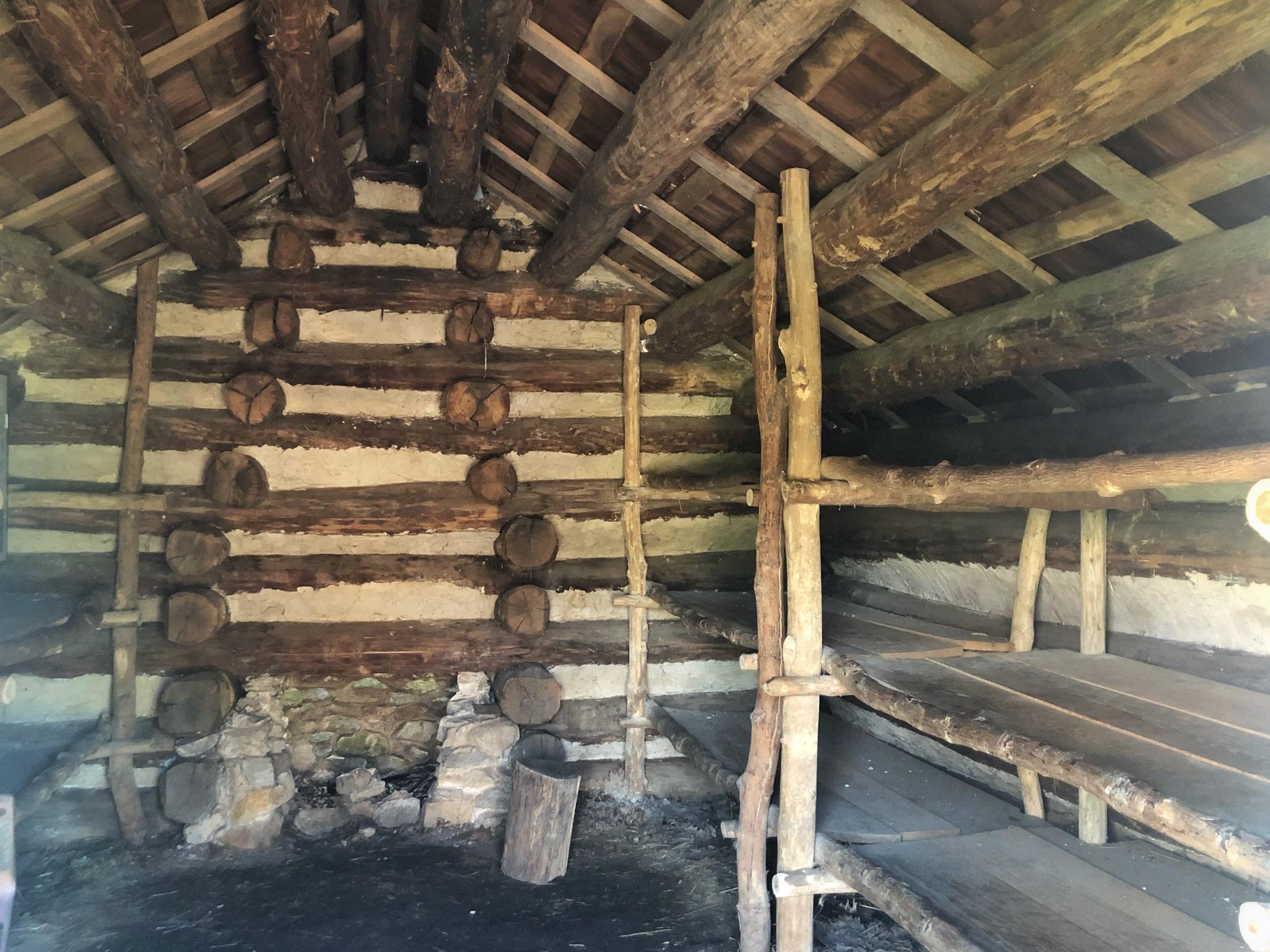Wiley’s preservation work ranges from research, interpretation, programming, grant writing and management, advising, and policymaking.
Black Public High Schools
1870-1970 Project
Community stakeholders in various parts of the country have expressed interest in National Historic Landmark designation for Black public secondary schools. The Association for the Study of African American Life and History (ASALH) is working with National Park Service (NPS), scholars of the history of Black secondary education, and community advocates for extant schools to develop a strategy for evaluating eligibility for this designation.
Ways to participate in the study:
Attend the Scholars’ Roundtable and Community Forum
The project includes the organization of a scholars’ roundtable and community forum on the history of segregated Black high schools and related significant sites in the United States from approximately 1870 to 1970, that will take place at the ASALH Conference (https://asalh.org/conference/), September 24-28, 2005. The information collected at these convenings, and other project research will result in the production of a recommendation report.
For the purposes of this project, Black public secondary schools or high schools are defined as educational institutions that were funded by the local, state, and/or federal government specifically for African Americans, either by de jure (law) or de facto (by custom) segregation. These schools offered general, technical, vocational, or college-preparatory courses, usually at the 9-12 grade levels.
PARTICIPATE TODAY!
〰️
PARTICIPATE TODAY! 〰️
DC Legacy Project
The DC Legacy Project: Barry Farm-Hillsdale is dedicated to uplifting the Black-led struggle for land and housing in DC at an important site of this sacred struggle—the five remaining buildings of Barry Farm Dwellings. In 2020, the site was designated a historic landmark.
Barry Farm: Community, Land, and Justice in Washington, DC
This documentary film, a collaboration between the Bertelsmann Foundation and the DC Legacy Project, tells the story of Barry Farm, but it is also a story of Washington, DC. And, in the cycles of place and displacement, it is a story of the United States of America. As a result of the rigorous research, wide audience, and use as an educational and advocacy tool, the film has been recognized by numerous architectural and preservation organizations:
Society of Architectural Historians Film and Video Award, 2024
Vernacular Architecture Forum, Paul E. Buchanan Award for excellence in field work, interpretation, and public service, 2023
District of Columbia Award for Excellence in Historic Preservation for community outreach and education, 2022
Sojourner Truth Memorial Plaza
On May 29, 1851, Sojourner Truth—abolitionist, activist, author—delivered her most recognized speech, commonly known as “Ain't I a Woman?,” to a crowd gathered at the Universalist Old Stone Church in Akron, Ohio, for the Ohio Women’s Rights Convention. Although the title of her speech is challenged by historians and journalists, her voice and words spoken in Akron prior to the legal ending of slavery will never be forgotten, because of the collaborative work of preservationists, locally and nationally to tell her story with the Sojourner Truth Memorial Plaza.
Carter G. Woodson Home National Historic Site
This project provided the park and its partners with up-to-date documentation so that they could responsibly manage and steward the Carter G. Woodson National Historic Site. The NHL update documented the physical characteristics of the building through an architectural description and inventory of resources on the property, a general property development history, and created scholarly arguments for why the property possesses exceptional value in illustrating the heritage of the United States. The update was highlighted in the NPS Best Practices Review.
National Heritage Sites Research Committee of ASALH
The National Heritage Sites Research Committee guided the work of the Cooperative Agreement between the Association for the Study of African American Life and History and National Park Service. This includes selection of principal investigators and peer reviewers for all NPS and CESU Task Agreements for sites such as the Booker T. Washington National Monument, Martin Van Buren National Historic Site, and the Valley Forge National Historic Park, among others.
National Historic Landmarks Committee of National Park System Advisory Board
The National Historic Landmark committee reviews NHL nomination forms and recommends to the National Park System Advisory Board to either accept, reject, or send nominations back for revision. The committee is an essential part in the review of NHL nominations, discussing the interpretation of layered and complex sites like the Schomburg Center for Research in Black Culture in Harlem and Chicano Park in San Diego.










